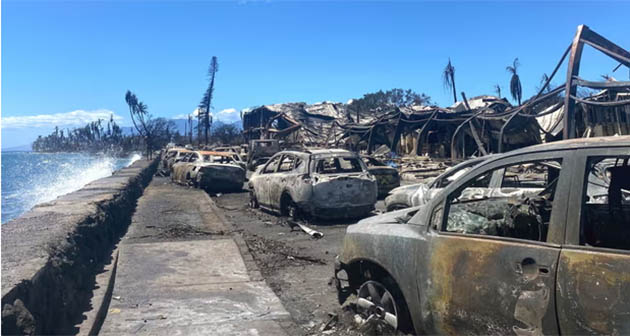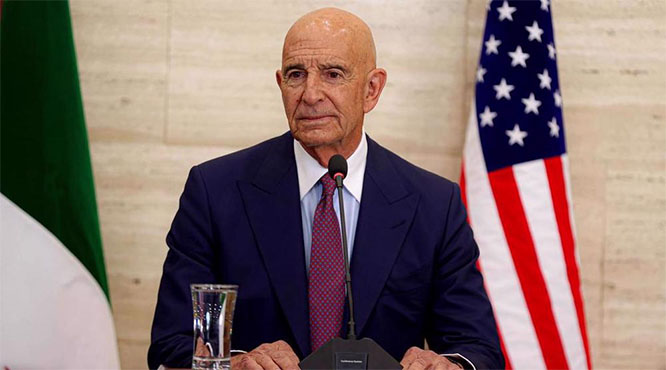
Fatalities from wildfires on the Hawaiian Island of Maui have climbed to 93, making them the deadliest to grip the US in more than a century, according to the National Protection Association.
Meanwhile, anger at the government response to the deadliest wildfire in recent US history is mounting. Residents have raised questions over various aspects of the government response, from warnings during the inferno to aid distribution in the days since.
With hundreds of people still missing, Hawaii’s governor, Josh Green, warned that the death toll is likely to rise. The rescue operation, Green said, had shifted focus to center on “the loss of life”.
The blaze, raging throughout last week, caused billions of dollars in damages, and practically wiped out the island's historic resort of Lahaina.
"This is the largest natural disaster we’ve ever experienced," Hawaii Governor Josh Green said at a news conference, "It’s going to also be a natural disaster that’s going to take an incredible amount of time to recover from."
Around 2,200 buildings have been destroyed in West Maui, with damages approaching $6 billion, the governor said.
Authorities cautioned that only a small percentage of the search area has been covered by rescue teams so far.
"We’ve got an area that we have to contain that is at least 5 square miles, and it is full of our loved ones," Maui Police Chief John Pelletier said on Saturday, noting that the number of dead is likely to grow and "none of us really know the size of it yet."
As of Sunday, six fires were still burning on Maui and Hawaii's Big Island, but the Lahaina fire was 85% contained.






Comments
Add new comment